Imagine you’re walking through a construction site and notice piles of broken tiles, brick, and concrete. These broken bits are like the building blocks of a new structure, just like the fragments in clastic rocks. These rocks aren’t just random piles of debris; they’re full of clues about where the pieces came from and how they got there. Geologists use special systems to classify these rocks, digging into their grain sizes, mineral makeup, and origins to unravel the mysteries they hold. Join us on an exciting adventure as we explore the world of clastic rock classification!
Clastic Rock Classification Systems
Have you ever wondered how geologists figure out what rocks are made of? They use special classification systems, especially for rocks called clastic rocks. These rocks are basically made up of broken pieces of other rocks.
Size Matters
The first thing geologists look at is the size of the pieces. Big chunks like boulders make rocks called conglomerates. Smaller pieces, like pebbles, form rocks called breccias. Sand particles create sandstones, and tiny clay particles make mudstones and shales.
What’s Inside?
Geologists also check out the minerals and rock fragments in the mix. Quartz and feldspar mean the rock probably came from granite. Mica points to metamorphic rocks. Limestone clasts tell a tale of marine environments, and volcanic rocks hint at fiery origins.
How It’s Put Together
The way the pieces fit together gives more clues. Rounded pieces mean they’ve been moved gently by water or wind. Angular pieces show a rougher journey. The “glue” that holds the pieces together, called matrix, tells about how the rock formed.
Unlocking Nature’s Secrets
These classification systems are like keys to unlocking the stories of clastic rocks. They reveal ancient landscapes, where the rocks were formed, the environments they traveled through, and the forces that shaped them. So next time you see a clastic rock, imagine the puzzle pieces that make up its fascinating history.
Additional Details
Grain Size Table:
| Size | Rock Type |
|---|---|
| Boulders | Conglomerates |
| Pebbles | Breccias |
| Sand | Sandstones |
| Clay | Mudstones, Shales |
Pros and Cons of Clastic Rock Classification Systems:
Pros:
- Provides a consistent way to describe and compare clastic rocks.
- Helps geologists understand the origin and environment of these rocks.
- Can be used to predict the physical and engineering properties of clastic rocks.
Cons:
- Can be complex and time-consuming to apply.
- May not capture all the details of a particular rock’s composition.
- Can sometimes be difficult to distinguish between different rock types.
Explore the fascinating world of clastic sedimentary rocks, the product of intricate Weathering and erosion processes that shape our planet’s surface. Delve into the processes of Sediment transport mechanisms that carry sediments over vast distances, shaping coastlines and sculpting landscapes. Discover the transformative power of Diagenesis and lithification that convert loose sediments into solid rock, preserving ancient environments and revealing Earth’s history. Unravel the secrets of Sedimentary facies and sequences, a tapestry of rock layers that tell the story of past environments and climates. Embark on a journey of Provenance analysis of clastic sediments to trace the origins of sediments and uncover the geological history of distant lands. Explore the Economic importance of clastic rocks, essential resources for construction, energy production, and more. Discover the intricacies of Texture and composition of clastic sedimentary rocks, unlocking clues to their formation and depositional environments. Marvel at the intriguing Clastic dikes and other soft-sediment deformation structures, remnants of ancient earthquakes and subsurface fluid movements. Decipher the language of Paleocurrent indicators in clastic rocks, revealing the direction of ancient currents and the transport pathways of sediments.
How is Grain Size Used to Classify Clastic Rocks?
Imagine a bag of rocks, but instead of smooth pebbles, you’ve got a mix of tiny grains to gigantic boulders. That’s the world of clastic rocks, made from broken bits of other rocks and minerals. The size of these grains is the key to understanding their history and how they formed.
Grain Size Scales: Measuring the Rocks
Just like we use a ruler to measure our height, geologists have a scale to measure the size of rock grains. The Udden-Wentworth scale is the go-to tool, dividing grains into neat categories:
- Boulders: The giants, over 25 centimeters (10 inches) across
- Cobbles: Smaller but still impressive, at 6.3 to 25 centimeters (2.5 to 10 inches)
- Pebbles: Still sizable, from 2 to 6.3 centimeters (0.8 to 2.5 inches)
- Granules: Tiny pebbles, 0.2 to 2 centimeters (0.08 to 0.8 inches)
- Sand: A gritty texture, from 0.0625 to 2 centimeters (0.0025 to 0.8 inches)
- Silt: Smooth and powdery, 0.004 to 0.0625 centimeters (0.0001 to 0.0025 inches)
- Clay: The finest of the fine, under 0.004 centimeters (0.0001 inches)
Grain Size and Where Rocks Formed
Just like the size of sand grains tells you if you’re at the beach or in the desert, the grain size of clastic rocks can reveal where they formed.
- Big grains (boulders, cobbles, pebbles): These heavyweights were likely deposited by rivers or beaches, where the water was fast-moving and energetic.
- Small grains (sand, silt, clay): These tiny particles suggest calmer waters like lakes or swamps, where the water was slow and gentle.
Grain Size Analysis: Unlocking the Past
By studying grain size, geologists can piece together the story of how rocks came to be. It’s like a detective looking for clues:
- Coarse-grained rocks (boulders to granules): Hint at a high-energy environment with strong currents or rough waves.
- Fine-grained rocks (sand to clay): Whisper of tranquil waters and gentle currents.
Conclusion
Grain size is not just a number but a treasure trove of information. By understanding how it helps us classify clastic rocks and interpret their history, geologists can paint a vivid picture of the landscapes and environments that shaped our planet’s past.
What are the Different Types of Clastic Rocks?
Picture this: you’re at the beach, surrounded by sand and pebbles. Those pebbles and sand that you see are actually tiny pieces of rocks that have been broken down over time. These broken pieces, called clasts, can come together to form different types of rocks, known as clastic rocks.
Let’s zoom in on the different types and their special features:
Meet Conglomerate: The Pebbly Bunch
Imagine a rock made up of a bunch of pebbles and cobbles, all glued together. That’s conglomerate! Its name literally means “heaped together,” like a pile of rocks. Conglomerates tell us that they were formed in places with lots of movement, like rivers or beaches.
Say Hello to Breccia: The Fractured One
Unlike conglomerate, breccia is made of broken, sharp pieces of rock. It’s like a jigsaw puzzle where the pieces don’t quite fit. Breccias are usually formed when rocks crack and get quickly stuck together.
Sandstone: Grains of Time
Sandstone is exactly what it sounds like: a rock made of sand. These grains of sand can be made of different stuff, like quartz or mica. When geologists look at sandstone, they can figure out where it came from and how it was made.
Mudrock: The Quiet Type
Mudrock is the chillest of the clastic rocks. It’s made of super fine bits of silt and clay. You’ll find mudrock in calm waters, like lakes or the ocean floor.
Uncovering the Past
Clastic rocks are like time capsules, holding clues about ancient landscapes and environments. They can tell us about the forces that shaped our planet and the materials that were available thousands or even millions of years ago. So, next time you’re at the beach or in the mountains, take a closer look at the rocks around you. They might just have a story to tell.
What role does mineralogy play in clastic rock classification?
Imagine you’re a detective investigating a crime scene. You gather clues like fingerprints and DNA to figure out who committed the crime. In the same way, geologists use the minerals in clastic rocks like detectives to solve the mystery of where they came from and how they got there.
Cracking the case of the source rock:
Minerals in clastic rocks are like pieces of a puzzle. Each type of mineral points to a specific type of source rock. For example, if you find a lot of quartz, you can bet the rock came from a granite or sandstone source.
Uncovering the depositional scene:
Minerals can also tell us about the environment where the rock formed. Think of it like a detective looking for clues about a murder. If the minerals are mostly heavy, like zircon or garnet, it’s like finding a bloody knife at the scene. That tells you the rock was formed in a high-energy environment, like a beach or river. On the other hand, if the minerals are mostly clay, it’s like finding a peaceful library at the scene. That suggests the rock formed in a quieter, low-energy environment, like a lake or swamp.
Tracing the sediment’s journey:
Just like a detective follows the trail of evidence, geologists can track the movement of sediment over time using minerals. By comparing the minerals in different clastic rocks, they can figure out which rocks the sediment came from and how far it traveled. This is like tracing the footprints of a suspect to see where they’ve been.
Key Takeaways for the Curious Mind:
- Minerals in clastic rocks are like fingerprints, revealing clues about their origin and history.
- Minerals can tell us where the rock came from, what kind of environment it formed in, and how the sediment moved over time.
- Studying minerals is like being a rock detective, piecing together the puzzle of Earth’s history.
FAQ
Q1: How are clastic rocks classified?
A1: Clastic rocks are classified based on their grain size, clast composition, and texture.
Q2: What is the basis for naming clastic rocks?
A2: Clastic rocks are named according to the size and composition of the clasts that comprise them.
Q3: What are the different factors that influence the characteristics of clastic rocks?
A3: The characteristics of clastic rocks are influenced by the grain size, shape, and arrangement of their clasts, as well as the mineralogy and cementation of the rock.
Q4: What is the significance of grain size in the classification of clastic rocks?
A4: Grain size is a crucial parameter used to classify clastic rocks because it provides insights into the depositional environment and processes that shaped the rock.
Q5: How can the mineralogy of clastic rocks contribute to their classification?
A5: The mineralogy of clastic rocks can help determine their provenance and depositional environment, aiding in their classification and interpretation.
- Star Ring Trends: Etsy vs Amazon - March 28, 2025
- Boost Pollinator Habitats: Baby Blue Eyes Sustainable Farming Guide - March 28, 2025
- Protect Big Black Bears: Effective Conservation Strategies - March 28, 2025
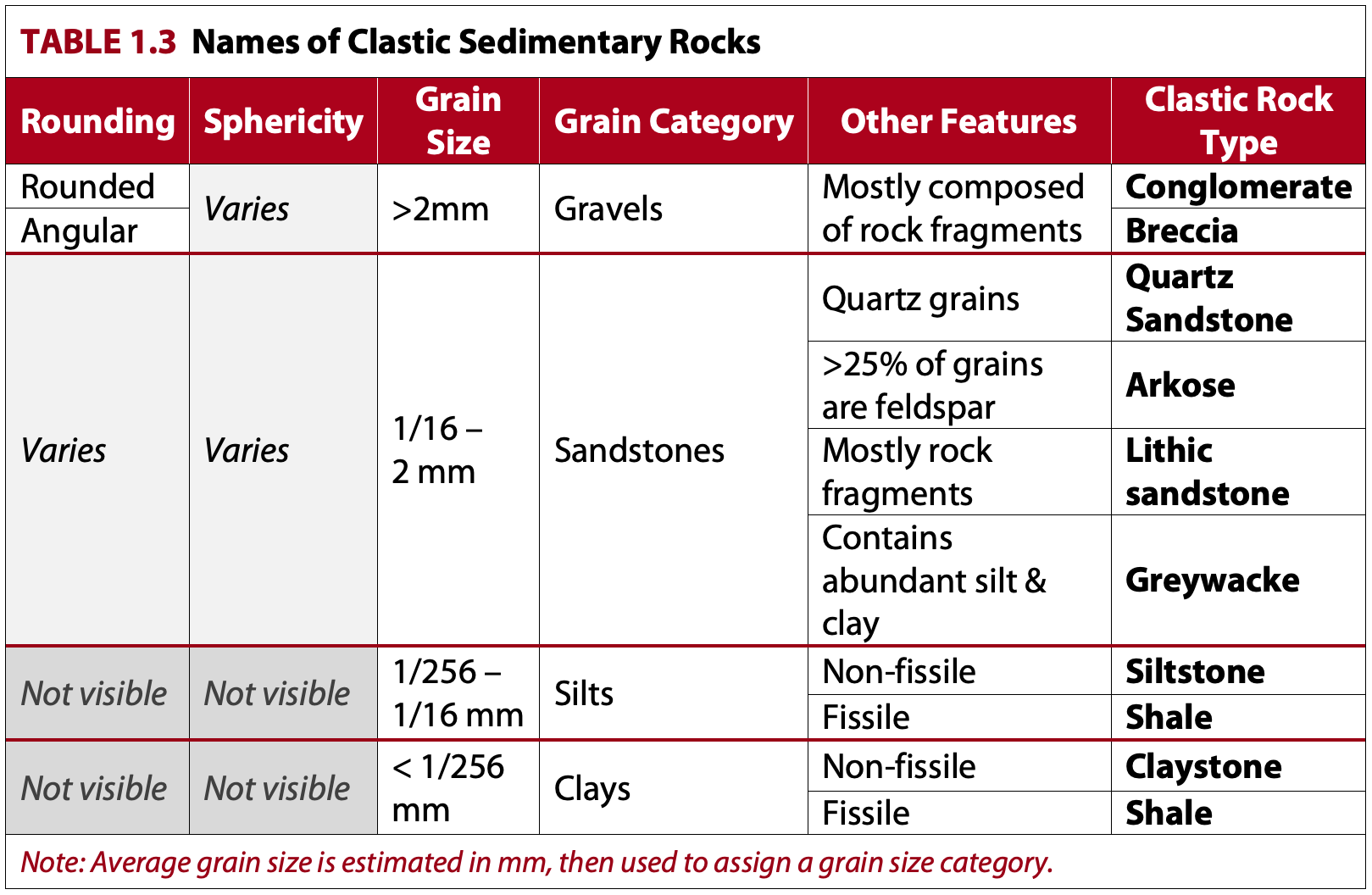
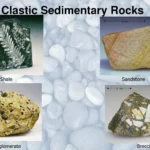
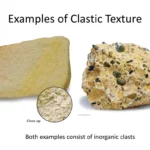
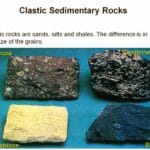
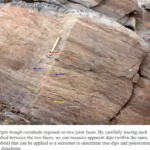
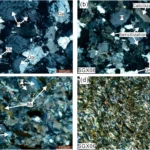











Comments are closed.